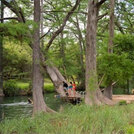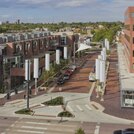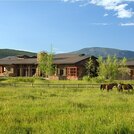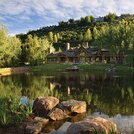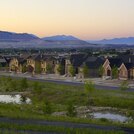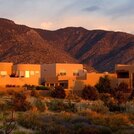Case Study Brief
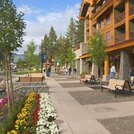
Park Avenue/US 50, Phase 1 Redevelopment
South Lake Tahoe, California
“This redevelopment had the goal of no net loss in scenic views of the nearby Lake Tahoe Basin and Carson mountain range -- a performance benefit that is easy to claim but hard to prove. The case study Methods document explains how the total visible area of the natural environment was compared pre- and post-construction, and how the improved scenic quality of the roadway was evaluated using a regional Travel Route Rating system.”


